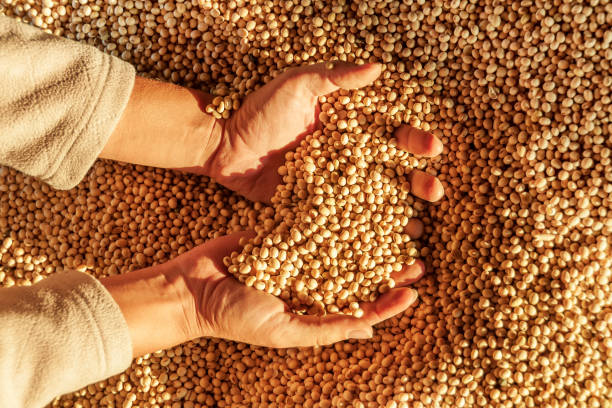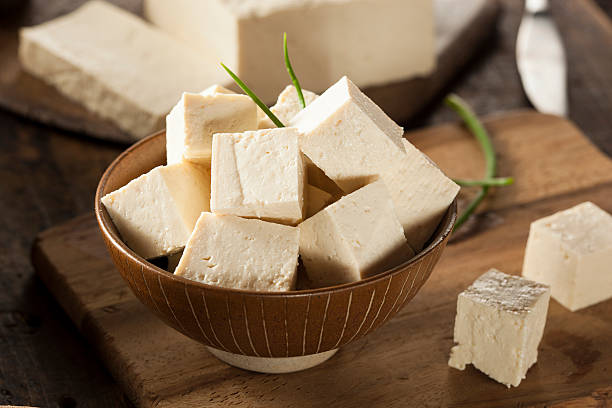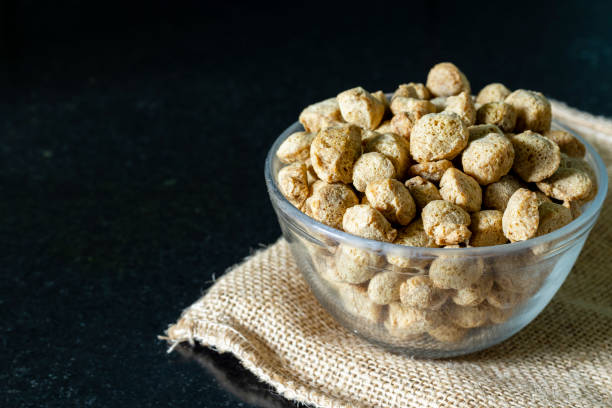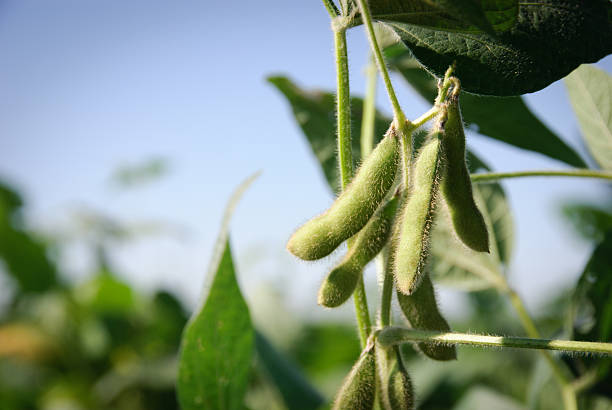
Soya: The Silent Superfood Rising in India

Soya, long hailed globally as a miracle bean, is finally gaining its well-deserved spotlight in India! This superfood is packed with complete plant protein, essential amino acids, vitamins, and minerals. Thus, it has the potential to solve one of India’s most persistent public health challenges—protein deficiency.
Today, India’s food industry and policymakers are championing an ambitious yet achievable goal: “to include soya-based foods such as fortified flour, soy milk, tofu, soy nuggets, and snacks in the nation’s key nutrition programs.” This includes the Mid-Day Meal Scheme (PM POSHAN), Public Distribution System (PDS), and Integrated Child Development Services (ICDS).
Therefore, if these proposals turn into action, soya could become a true game-changer. In fact, not just for public health, but also for farmers, the food processing sector, and India’s sustainability journey.
Why Soya Matters for India’s Nutrition Future?

Despite remarkable progress, India continues to face a widespread protein gap. Studies reveal that a large share of the population consumes less than the recommended daily protein intake. That is to say, traditional Indian diets, though rich in carbohydrates, often fall short when it comes to providing quality protein, especially, for children and women.
Here’s where soya stands tall. Unlike most plant proteins, soya protein is complete, containing all nine essential amino acids. Additionally, it’s also economical—about three times cheaper than many pulses. Consequently, making it ideal for mass nutrition programs.
Experts believe that adding this powerful legume to daily meals could dramatically improve the protein content and nutritional quality of government-supported food schemes. For instance, for millions of schoolchildren and low-income families, this simple inclusion could mean stronger immunity, better physical growth, and sharper cognitive development.
Government Push and Industry Vision: The Soya Movement

Notably, leading organizations—including the Soybean Processors Association of India (SOPA), the Soy Food Promotion and Welfare Association (SFPWA), and the Solvent Extractors’ Association (SEA) —are driving what’s now being called the Soya Movement.
Their collective vision includes:
- Declaring 2026 as the “Year of Soya” to celebrate its nutritional and agricultural importance.
- Promoting fortified soya flour, milk, tofu, and textured soya protein in government meal programs.
- Supporting farmers with better seeds and training, and processing infrastructure.
- Launching nationwide awareness campaigns. Accordingly, to position soya as a “smart, sustainable protein” rather than a “poor man’s food.”
These initiatives have already caught the attention of policymakers. Hence, if implemented well, they could mark a powerful turning point in India’s pursuit of nutritional security and agricultural self-sufficiency.
Empowering Farmers and Building Rural Prosperity

Beyond nutrition, soya carries immense promise for India’s rural economy. Increased demand for these protein-rich foods will naturally create a stronger domestic market for soybean cultivation. Ultimately, benefiting thousands of small and medium-scale farmers.
India is already one of the top global producers of soybeans, but the focus has traditionally been on oil extraction rather than food applications. Thus, by encouraging food-grade processing and local value addition—soy flour mills, tofu units, fortified snack manufacturing—farmers can access higher incomes and stable markets.
With government backing and private participation, this legume could become a dual driver of nutrition and rural prosperity. All in all, a rare synergy that directly supports the country’s sustainable development goals.
Challenges Ahead!
While the vision holds great promise, achieving it will require overcoming key hurdles. Taste and cultural acceptance remain crucial, as soy-based foods must appeal to diverse regional palates. Strengthening supply chains and ensuring non-GMO quality will be essential for large-scale adoption. Finally, effective policy execution—from budgeting and menu design to staff training—must ensure smooth coordination across ministries and states. With India’s growing innovation in food technology and nutrition, these challenges are well within reach.
A Smart, Sustainable Protein Revolution

As the world looks for sustainable and affordable proteins, soya stands out as a hero ingredient because it uses less land and water than animal proteins, emits fewer greenhouse gases, and specifically supports a plant-forward diet aligned with global health goals.
Finally, if India embraces this revolution, the impact will ripple far beyond nutrition. It will empower farmers, uplift communities, and position India as a leader in sustainable, protein-rich food innovation.
The future of food is evolving—and soya is at the heart of that transformation.
Read More At The World Times!



